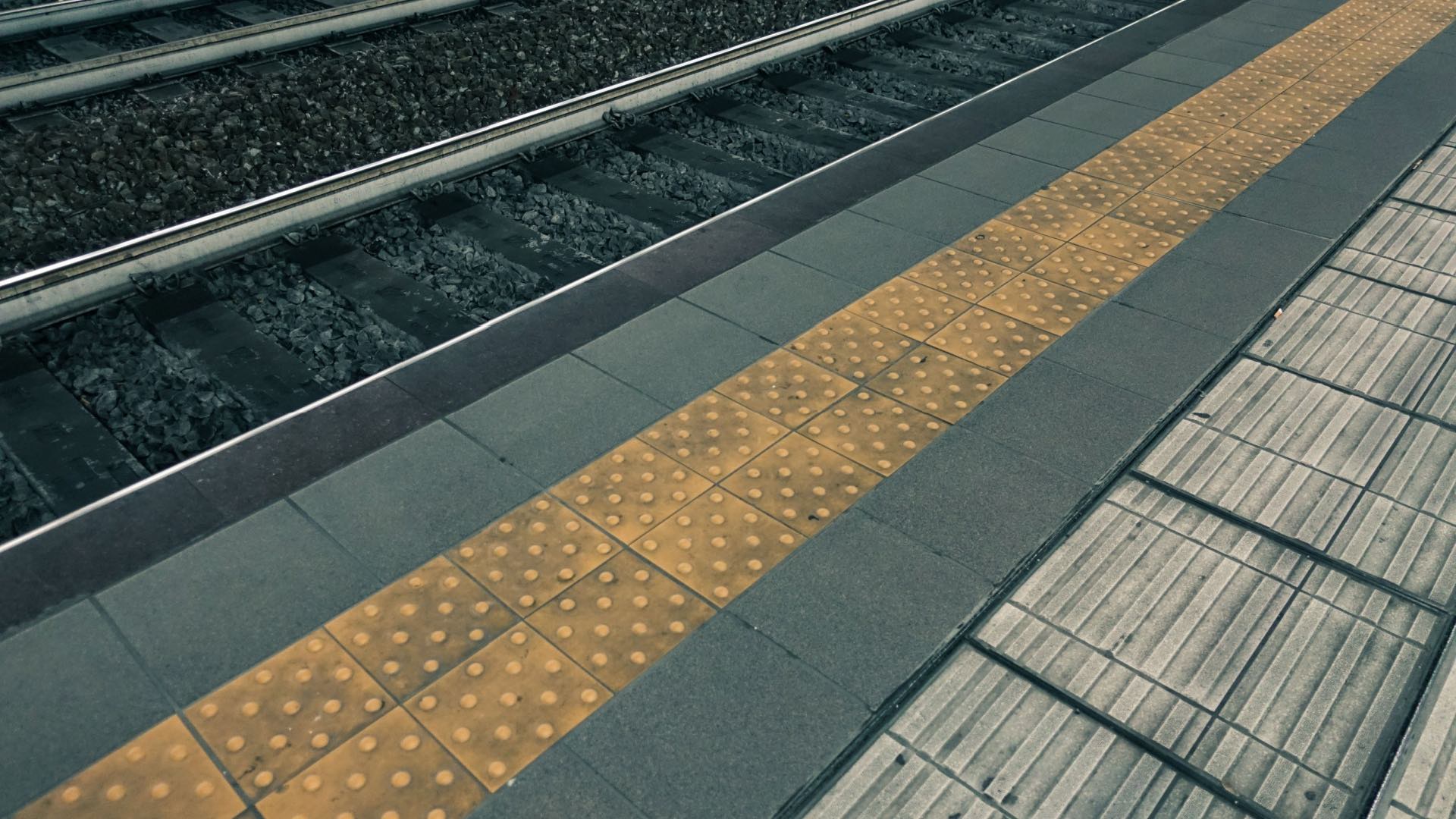
ADA Color Contrast Benefits Everyone
For sidewalks and now websites, color ADA compliance ensures that people with low vision are able to see a clear contrast for viewing information. While the government requires a certain standard for public areas and websites, color ADA compliance is important for more reasons than just government conformity.
In October 2018, the World Health Organization reported that nearly 1.3 billion people around the world had a vision impairment, with 36 million of those people being blind. In the US, almost 40 million Americans are listed to have a disability. Out of that number, approximately 7.3 million people report vision loss.
With so many people dealing with vision loss or vision impairments, taking the step towards complying with ADA standards not only helps those with impairments, but is also useful for the general population.
Whether you have perfect vision or not, color contrast is just easier to see. To help everyone understand color contrast, the Web Content Accessibility Guidelines (WCAG) offer standards for online content while the United States Access Board provides standards in 705.1.3 Contrast for sidewalks and detectable warning surfaces.
As the population ages, more and more people experience vision loss. In fact, the fastest-growing population group is over 60 years of age, and half of the people over the age of 50 are experiencing loss of sight. However, even those who still have good vision appreciate color contrast on surfaces.
Detectable Warning Dome Tiles
The Governors Highway Safety Association released a report in February 2018 that revealed an increase of 27 percent in pedestrian fatalities between 2007 and 2016. While no reasons were scientifically determined, experts suspect the increased use of smartphones and distracted pedestrians could be contributing to this trend. If this is the case, detectable warning tiles might be part of the solution.
While detectable warning dome tiles are raised bumps on sidewalks and ramps that people who are blind can detect with their cane or feet, they are also meant to be visually detectable with bright color. The contrast in color of the warning tiles can be helpful to distract, on-their-phone pedestrians. The detectable warning tiles can help walkers realize that they’re about to step off the sidewalk onto the street.
While yellow for detectable warning tiles are the popular choice nationwide for caution, it doesn’t always contrast well with light concrete so red is gaining in popularity. Red is associated with the message of “stop.” These colors are an important warning for people with any range of vision.
Not all color contrasts can work. For example, dark gray or black can trick the eye into seeing a change in the surface depth. This can be dangerous for pedestrians who aren’t paying attention, causing more stumbling rather than providing additional safety. A high degree of contrast relative to surrounding materials is crucial to aid people who are visually impaired.
At StrongGo, we believe in providing high-quality detectable warning tiles that are constructed of a nano-engineered polymer concrete composite with color throughout so the color never degrades even under extreme temperature. The intensity of color contrast must be long-lasting. Explore the TekWay ADA Dome Tile color options with our color calculator: https://www.stronggo.com/color-contrast-calculator


